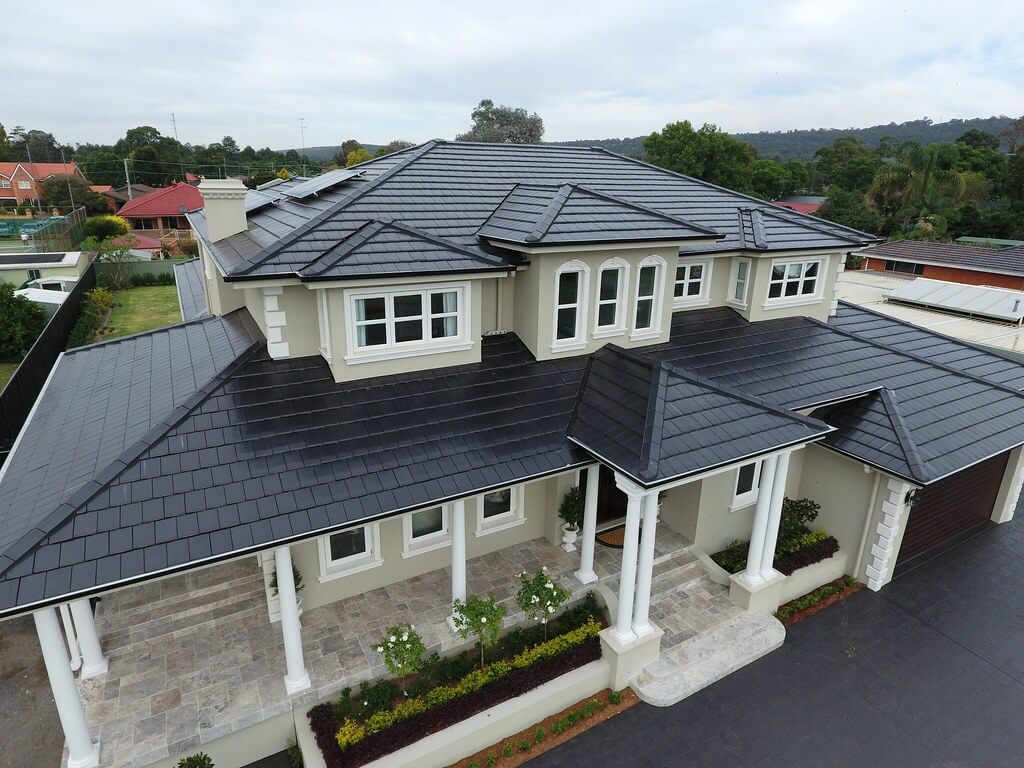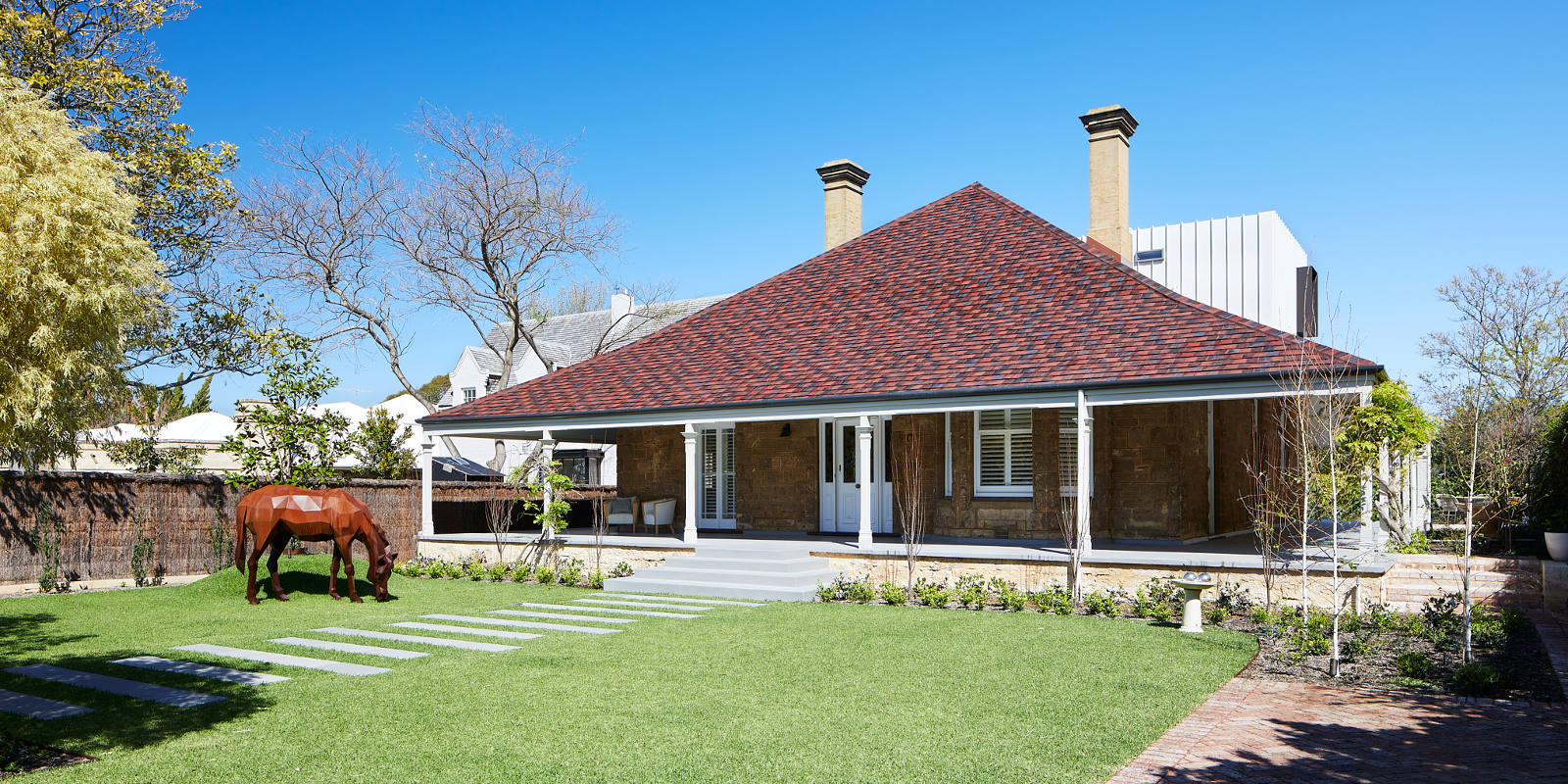The History of Roof Tiles: From Ancient China to Modern Australia
Roof tiles are one of the oldest and most widely used roofing materials in the world. They are designed to keep out rain, snow, and other elements, and to provide aesthetic appeal to buildings. But how did roof tiles originate and evolve over time? In this blog, we will explore the history of roof tiles, from their ancient beginnings to their modern variations.
## The Origins of Roof Tiles
The earliest evidence of roof tiles dates back to the Neolithic Age, around 10,000 B.C., when glazed clay tiles were used in China. These tiles were probably fired in kilns and had a shiny surface that reflected sunlight and heat. Clay tiles were also used in the Middle East, where they were shaped into flat slabs and overlapped on roofs.
Around 5,000 years ago, roof tiles spread to other regions, such as Greece and Babylon, where they were made from earthenware and had different shapes and sizes. The Greeks developed the imbrex and tegula system, which consisted of flat tiles (tegulae) laid on the roof surface and semi-cylindrical tiles (imbrex) covering the joints between them. This system was later adopted by the Romans, who brought it to England as early as 100 B.C.
## The Development of Roof Tiles
Roof tiles continued to be used throughout the Middle Ages and the Renaissance, especially in Europe, where they were influenced by local styles and materials. For example, in Southern Germany, a type of tile called beaver-tail was popular, which had a pointed or rounded end. In Scandinavia and Northern Europe, a type of tile called Scandia was common, which had a concave shape and was made from clay or wood.
In the 17th and 18th centuries, roof tiles became more diverse and decorative, as new techniques and colors were introduced. For instance, in France, a type of tile called Marseilles was imported from Italy, which had a flat base and a curved top. In England, a type of tile called pantile was developed, which had an S-shaped profile and was easier to install and transport.
In the 19th and 20th centuries, roof tiles were further improved by using new materials and technologies. For example, in Australia, a company called Wunderlich began to import terracotta tiles from France in 1892. These tiles were durable and attractive, and are still found on many houses today. In 1940, another Australian company called Monier began to produce concrete tiles, which were cheaper and stronger than clay tiles. Concrete tiles became the most common roofing material in Australia by the 1970s.
## The Modernization of Roof Tiles
Today, roof tiles are still widely used around the world, but they have also evolved to meet the changing needs and preferences of consumers. For example, some roof tiles are made from plastic or metal, which are lighter and more resistant to weathering than traditional materials. Some roof tiles are also designed to be energy-efficient or environmentally friendly, such as solar tiles that generate electricity or green tiles that support vegetation.
Roof tiles are also available in various shapes, sizes, colors, and patterns, to suit different architectural styles and personal tastes. Some examples of modern roof tile profiles are Spanish tile (S-shaped), Roman tile (flat with ribs), slate tile (thin and flat), shingle tile (rectangular), interlocking tile (with grooves or hooks), and mission tile (semi-cylindrical).
## Conclusion
Roof tiles are a fascinating roofing material that have a long and rich history. They have been used for thousands of years in different cultures and climates, and have adapted to various innovations and trends. Roof tiles are not only functional but also beautiful, adding character and charm to any building. Whether you prefer classic or contemporary roof tiles, you can find them at [Roof Rocket](^1^), your trusted roofing company. Contact us today for a free quote!
Source: Conversation with Bing, 6/10/2023
(1) History of Roofs | Roof Rocket. https://www.roofrocket.com/roofing_blog/roofs/history-of-roofs/.
(3) History of Australian Roof Tiles and Restorations. https://higginsroofing.com.au/history-of-australian-roof-tiles-and-restorations/.
(4) Roof tiles – Wikipedia. https://en.wikipedia.org/wiki/Roof_tiles.
(5) What You Need to Know About the History of Tile Roofs – Kelly Roofing. https://www.kellyroofing.com/blog/what-you-need-to-know-about-the-history-of-tile-roofs.






